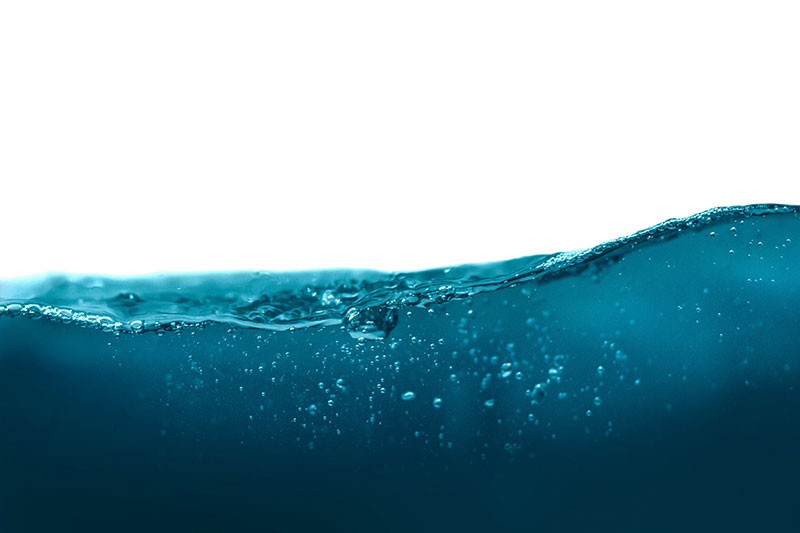Advertisement
With increasing pollution, water purification systems have taken markets by storm for the right reasons.
People appreciate several options provided by several companies to finalize the one that will keep them and their loved ones healthy. Safer water consumption has been made available through a water purification system. But which one you must choose?
This article will discuss it all.
Check if the water is soft or hard
The amount of dissolved solids in water determines whether soft or hard. Soft water is defined as having a TDS of 150 to 300 ppm, whereas hard water or contaminated water is defined as having a TDS of 500 ppm or more.
Hard Water
Hard water is most likely present if it is obtained from deep bore wells, water tankers, or underground sources.
Dissolved solids, including calcium, magnesium, heavy metals, fluorides, and arsenic, are in noteworthy concentrations in hard water.
Hard water is inappropriate for human consumption because of all these dissolved contaminants.
Soft Water
On the other side, soft water is often referred to as water from rivers, rainwater harvesting systems, lakes, and municipally regulated storage and delivery systems.
Even though soft water is less hazardous, it must be purified before it can eventually be considered safe for human consumption.
Make Informed Decision About System
It’s challenging to determine if you require a whole house/point-of-entry (POE), point-of-use (POU), or no system or a multi-stages water filtration system, which is why it is crucial first to understand your requirements.
Mainly, people use either type of water filter for their homes, and these are as follows:
POE System
POE systems clean every drop of water entering your house and connect to the water meter or pressurized storage tank. However, POU systems filter out water and treat it at the consumption source, like a wash basin or a sink.
POU filters can be fitted inline or as an external attachment. Inline POU filters completely filter the water that flows through a pipe.
POU System
Individual water filtration units (POUs) include refrigerators, pitchers, and water bottles with built-in filters. They may be fixed to a faucet, the area beneath the sink, or the countertop.
Since they filter a limited amount of drinking water, these are ideal for lesser people.
Get a POU filter style that best suits you if you don’t like filters that are mounted to your countertop or faucet.
Check Certifications
Choose a filter that has been approved by and recognized by the American National Standards Institute (ANSI).
Using online sources to read reviews and look for the certifications that guarantee standard quality products.
Check Maintenance Cost
Take into account all the maintenance expenditures. Filters must be updated regularly; replacement filters can cost anything from $20 to $400.
Manufacturers’ recommendations for filter replacement intervals should be easily accessible whether you’re purchasing offline or online. Pick a filter whose upkeep you can manage.
Install The Filter
Follow the manufacturer’s directions before installing the filter. Although many POE and POU systems are simple to set up, you can hire an expert to do it for you.
Some POU filters demand that water be passed through them before being consumed. When installing the filter, read all the directions provided by the manufacturer.
Some Treatment Devices and What it Does to Water
Activated Carbon Filter
It removes organic pollutants that cause unpleasant tastes and odors. However, it eliminates metals like lead and copper, leaving dissolved minerals, germs, and nitrates behind.
While some types remove cleaning agents and pesticides, others remove byproducts of chlorination.
Unit for Ion Exchange
It eliminates the minerals that give water its “hard” texture, mainly calcium and magnesium.
Some designs also eliminate radium, barium, and fluoride. However, if the water contains iron bacteria or oxidized iron, the ion-exchange resin will become coated or clogged and lose its capacity to soften.
Reverse Osmosis Unit
It eliminates unpleasant tastes, odors, colors, nitrates, salt, and other dissolved inorganic and organic components. Check here for more information about reverse osmosis water filter system.
However, not all organic and inorganic pollutants are eradicated. Additionally, some petrochemicals, dioxins, chloroform, and pesticides may be lower.
Distillation Unit
It eliminates germs, nitrates, salt, hardness, dissolved solids, most organic substances, heavy metals, and radionuclides. However, there is a high chance that bacteria can reappear when the coil is cooling.
This happens because it does not entirely remove some volatile organic pollutants, pesticides, and volatile solvents.
Final Verdict
The market is flooded with choices for customers seeking water purification solutions.
They can find everything from basic tap/faucet filters to UF, UV, and RO. So, to keep things simple, follow this guide step-by-step and get yourself a water purification system that best suits your requirements.

